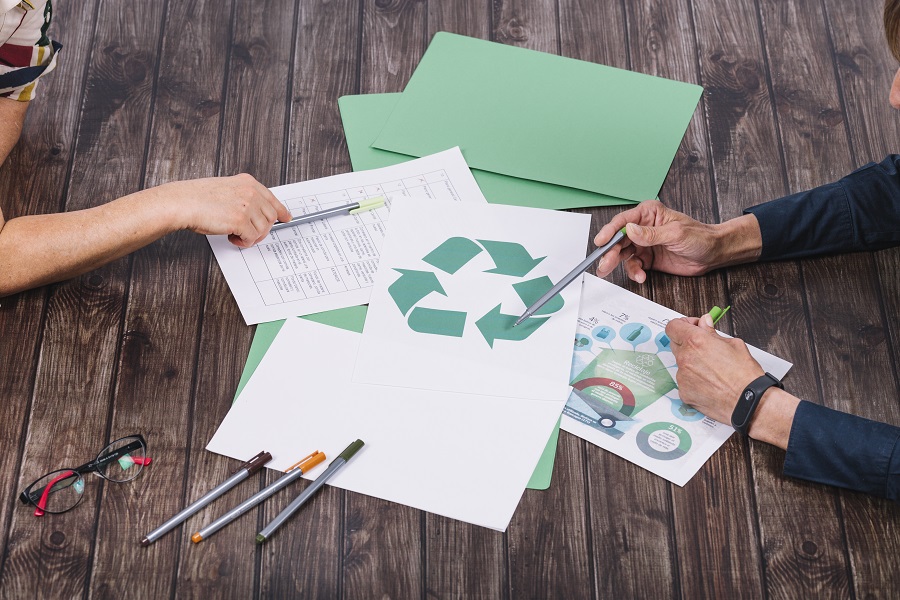FAVORABLE GOVERNMENTAL REGULATIONS FOR WASTE PAPER MANAGEMENT – INFLUENCE THE WASTE PAPER RECYCLING MARKET GLOBALLY
Waste paper recycling is the process by which waste paper is turned into new paper products. The waste paper recycling process involves the collection, sorting, shredding and pulping, filtering, conterminal removal and de-inking, and finishing for reuse of waste paper. Waste papers are obtained from discarded paper materials, paper mill paper scraps, and waste paper material discarded after consumer use. Waste paper, such as old newspapers, magazines, corrugated, wrapping, and packaging papers, among others, are recycled for reuse. The waste papers to be recycled are collected from the waste locations then sent to paper recycling facilities for further processing. Waste paper recycling offers various advantages, such as saving energy, water, and landfill space. Waste paper recycling reduces greenhouse gas emissions, and recycled fiber is a sustainable, cost-saving resource for making new paper products. The waste paper recycling is not only limited to the paper used in industrial applications, but it also includes household waste paper such as newspapers, magazines, and packaging papers. The generation of paper waste from these sources is very high, and this waste needs to be recycled rather than dumping it over or burning it. With the implementation of government regulations and the formation of new associations related to waste paper recycling, the market for waste paper recycling is estimated to expand rapidly in the coming years.
Rising awareness regarding the environmental impact of the accumulation of waste and failure to manage it have been among the major reasons driving various governments worldwide to enforce regulations associated with waste management. The paper recycling industry has been expanding across many countries, such as the US, Canada, India, China, Japan, and Germany. The government of various nations is implementing regulations to encourage the recycling of waste paper. Numerous associations such as The American Forest & Paper Association (AF&PA), Independent Waste Paper Processors Association (IWPPA), The Confederation of Paper Industries (CPI), and European Recovered Paper Association (ERPA) encourage the practice of waste paper recycling. Such associations are supporting the growth of the waste paper recycling market.
Improving the quality of recycling paper is achieved successfully by using sensor-based sorting machines. The yields of waste paper will be further rising in the future by sensor-based sorting machines due to the increased usage in the packaging sector as well as in the graphic papers sector. For graphic papers, the quality of recovered waste paper tends to be highly crucial as less deinkable material accumulates and hence gains value. Likewise, the importance of higher-value papers, such as wood-free paper, which are detected and separated by sensor-based sorting machines, increases. Besides, the prices for high-quality fractions would increase in the long term. The technologies used for the recycling of materials has continuously undergone the process of development to ensure that it meets the economic demands of the market. These systems separate valuable paper fractions from recovered paper with the highest levels of purity



